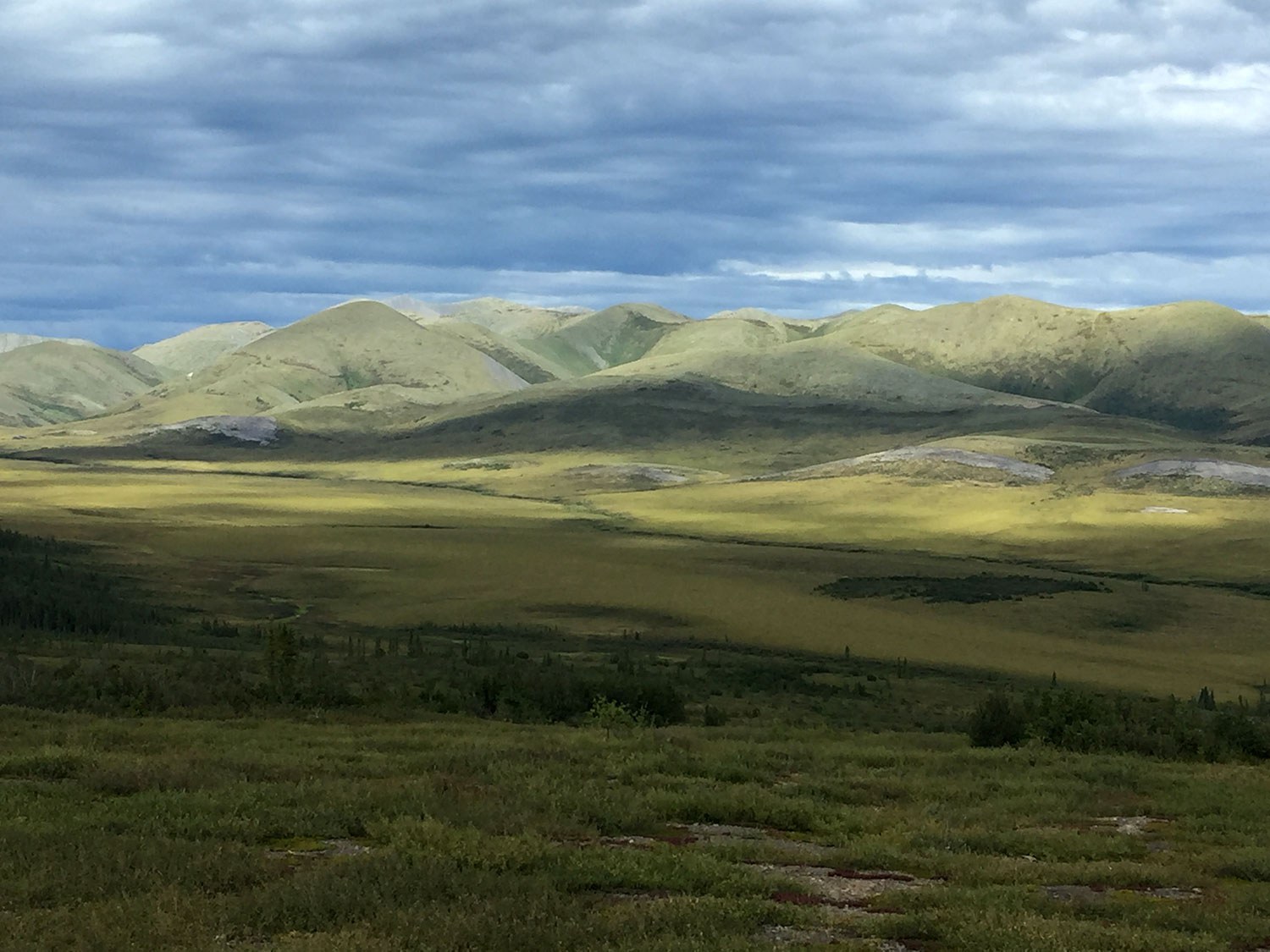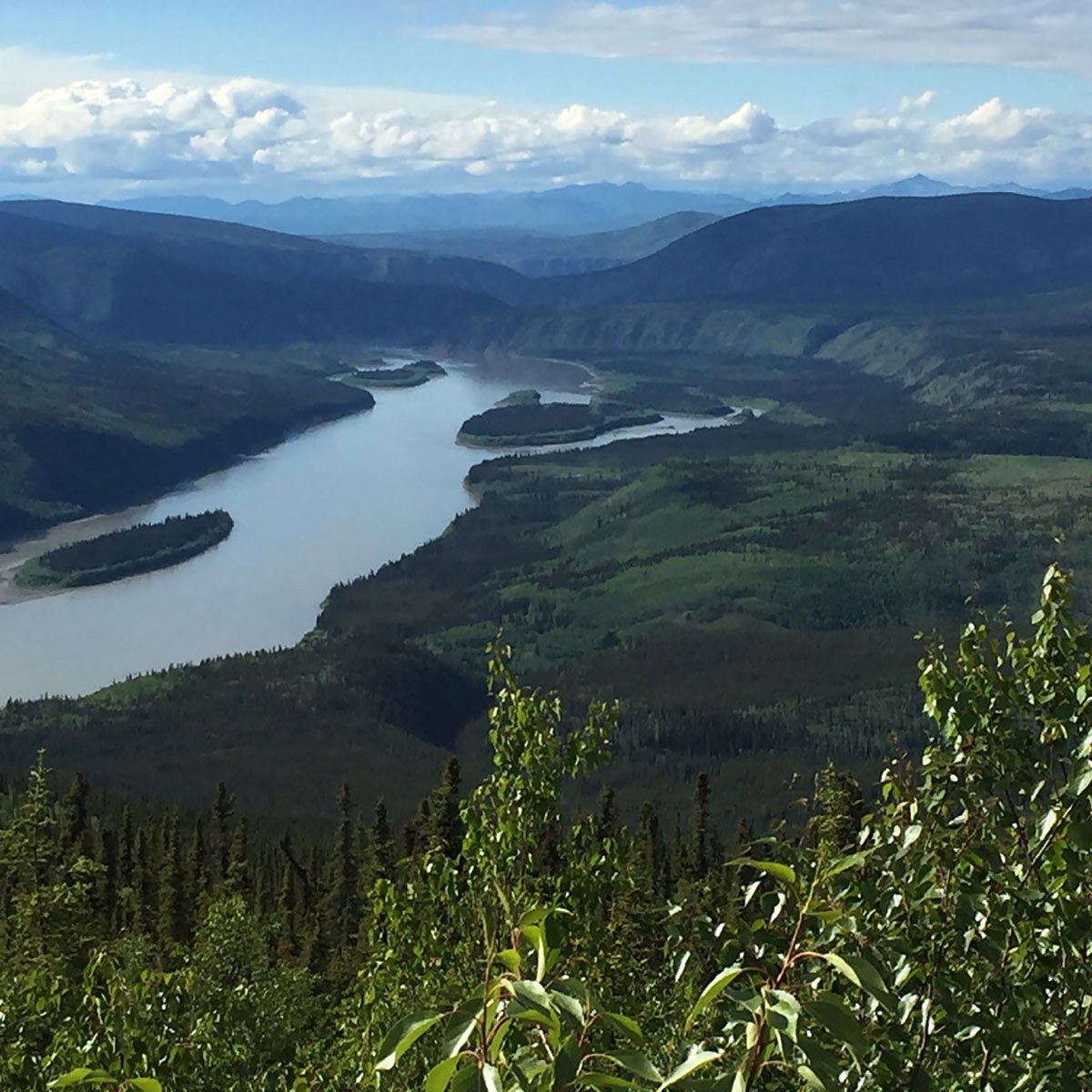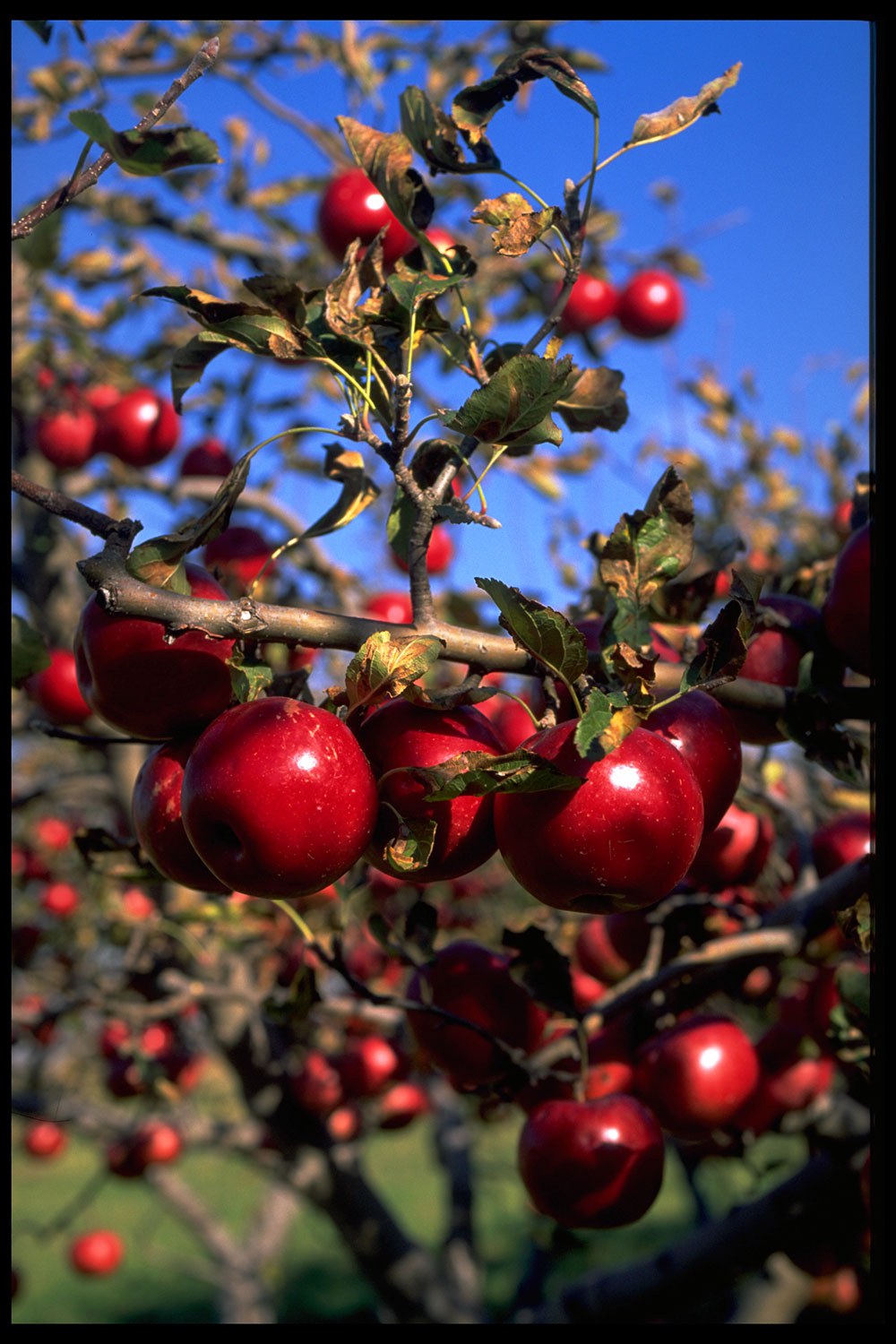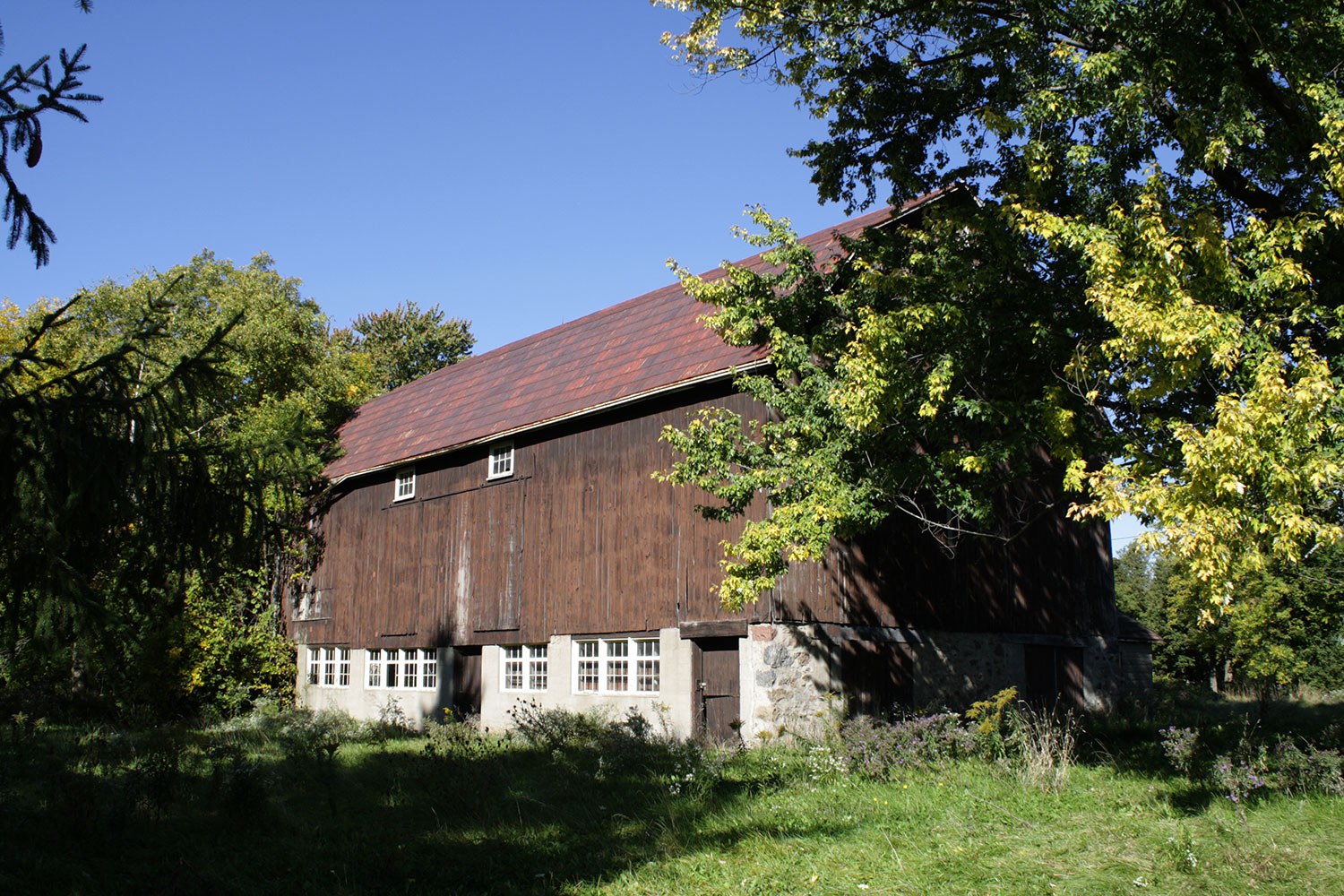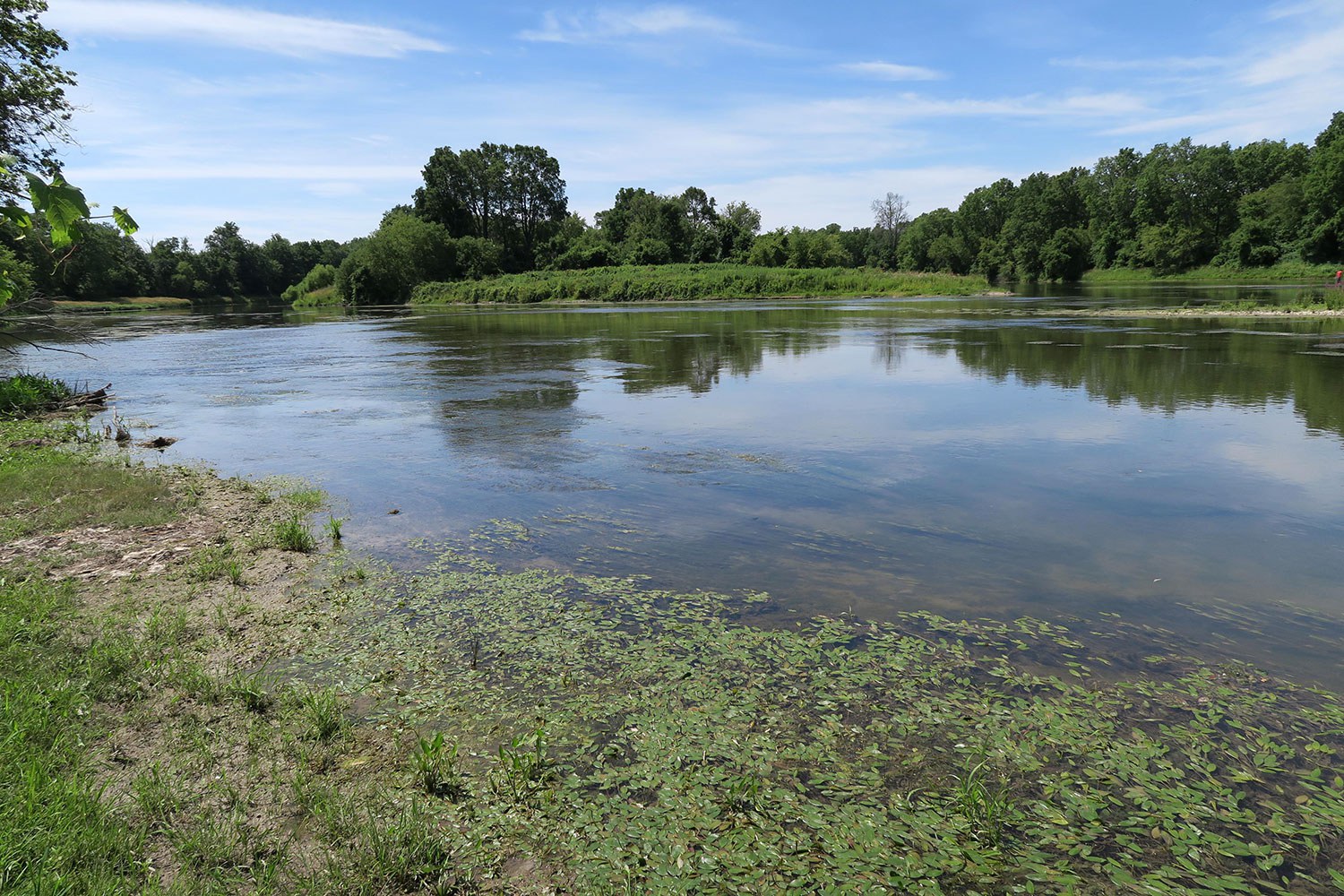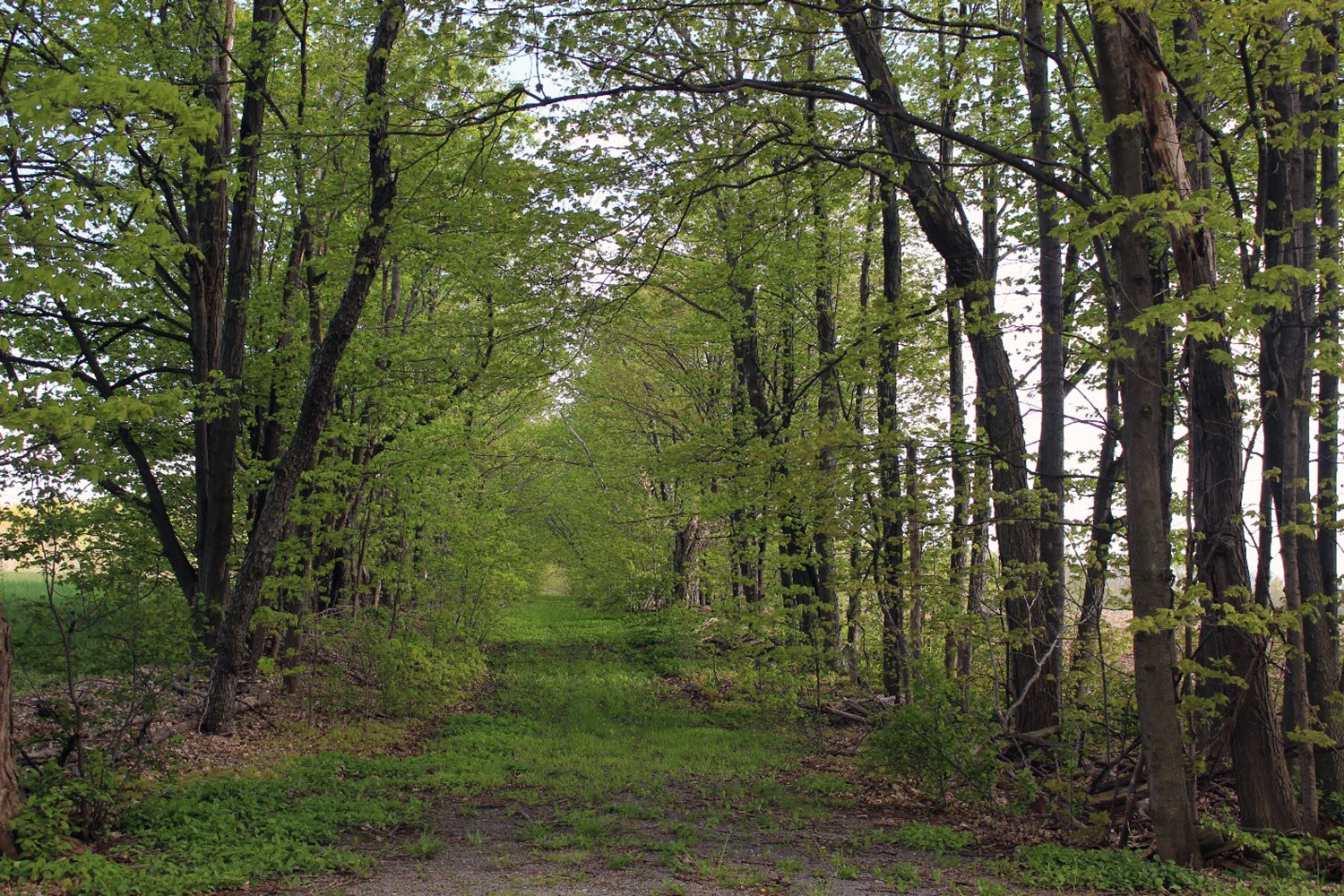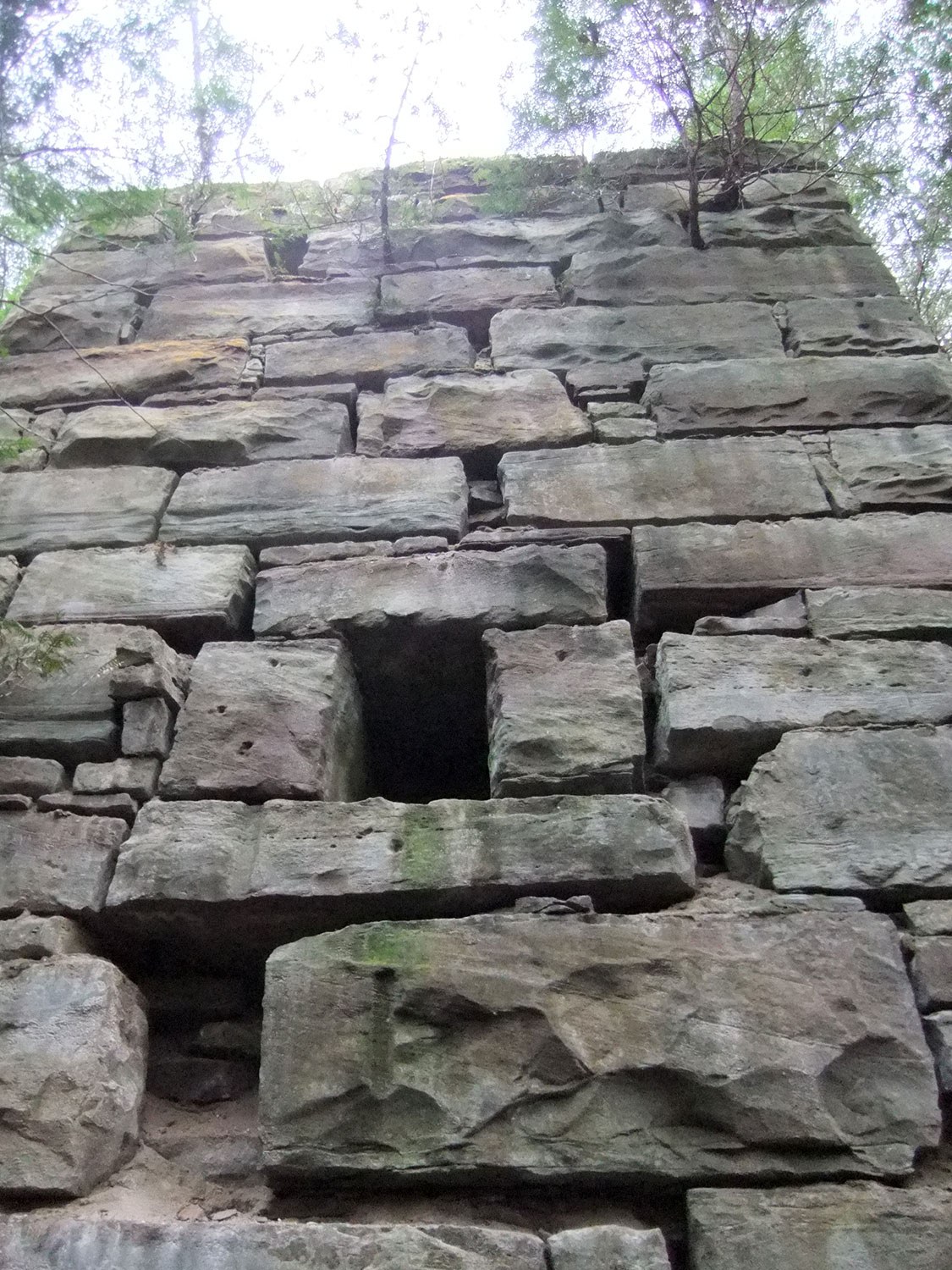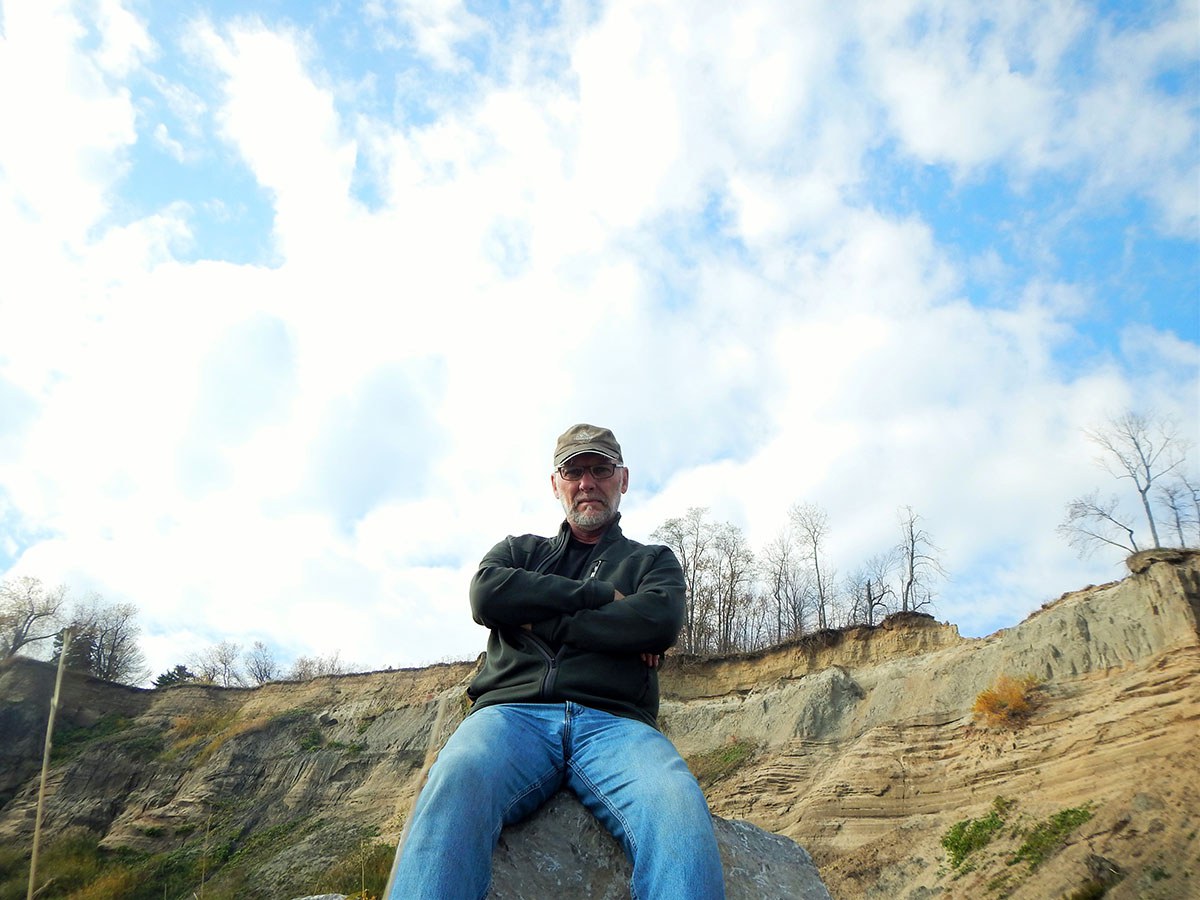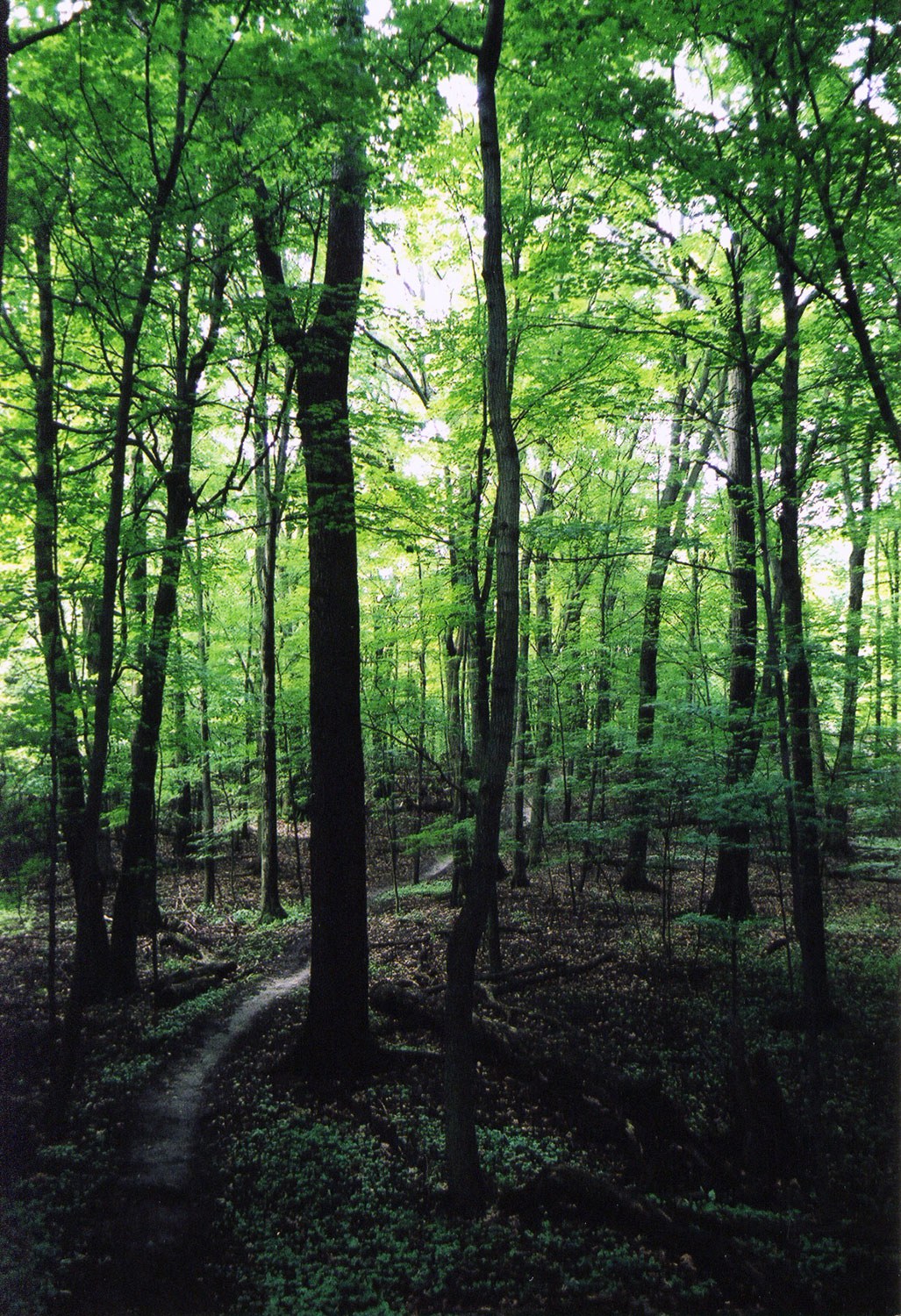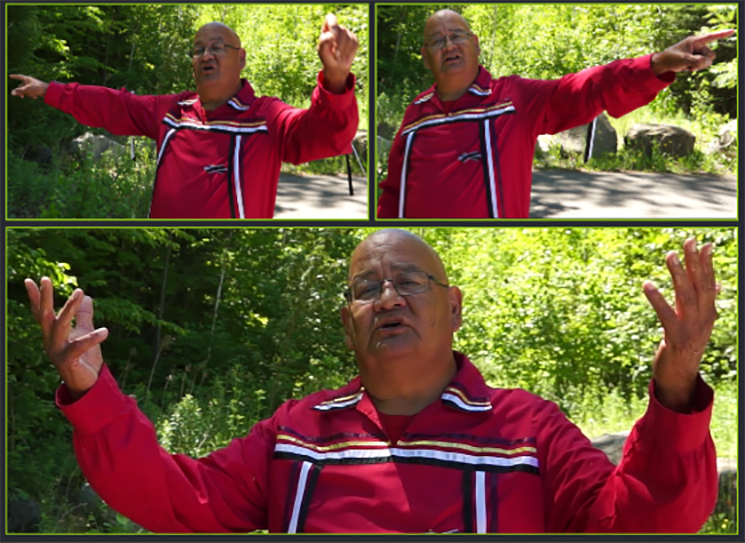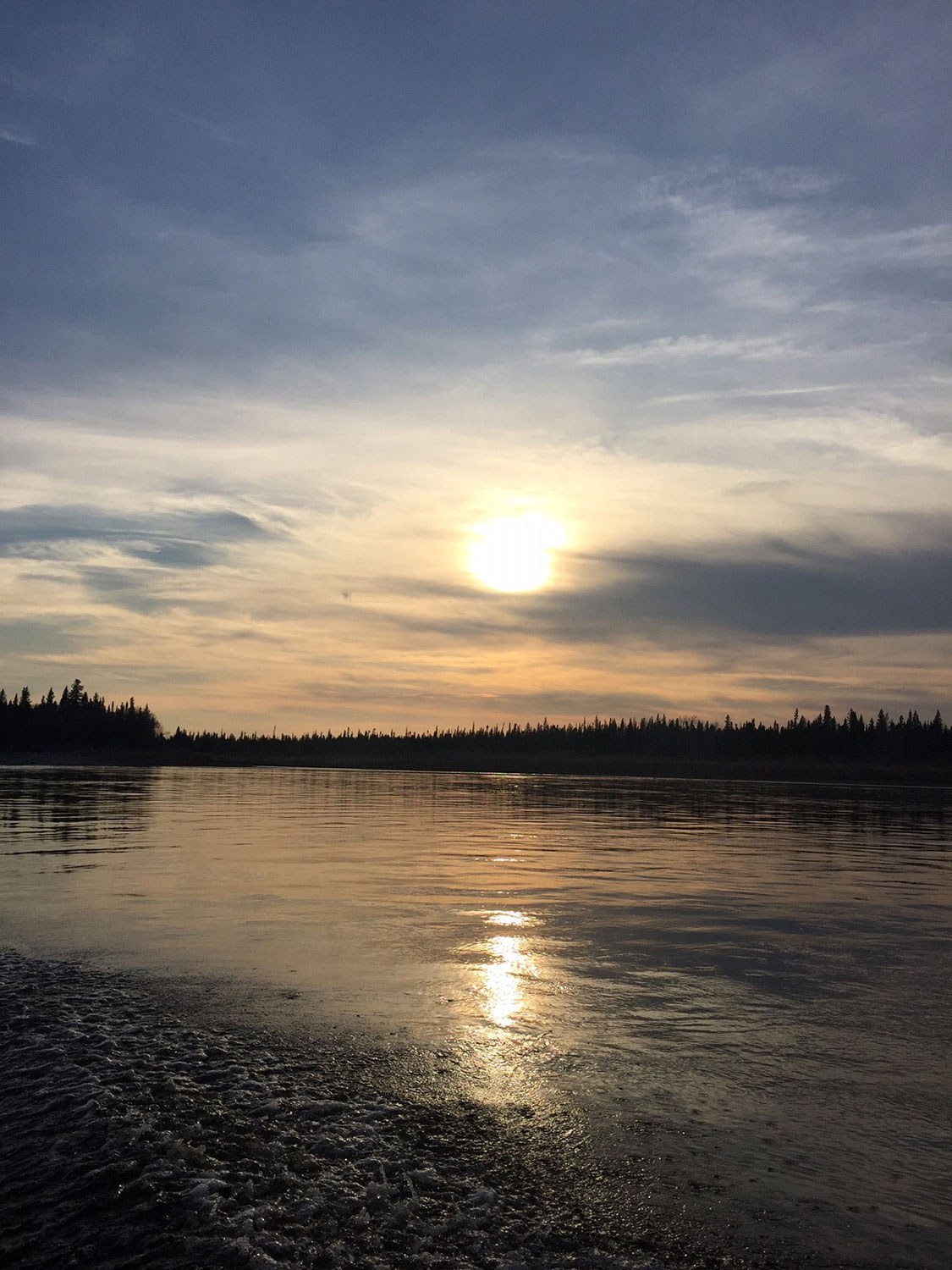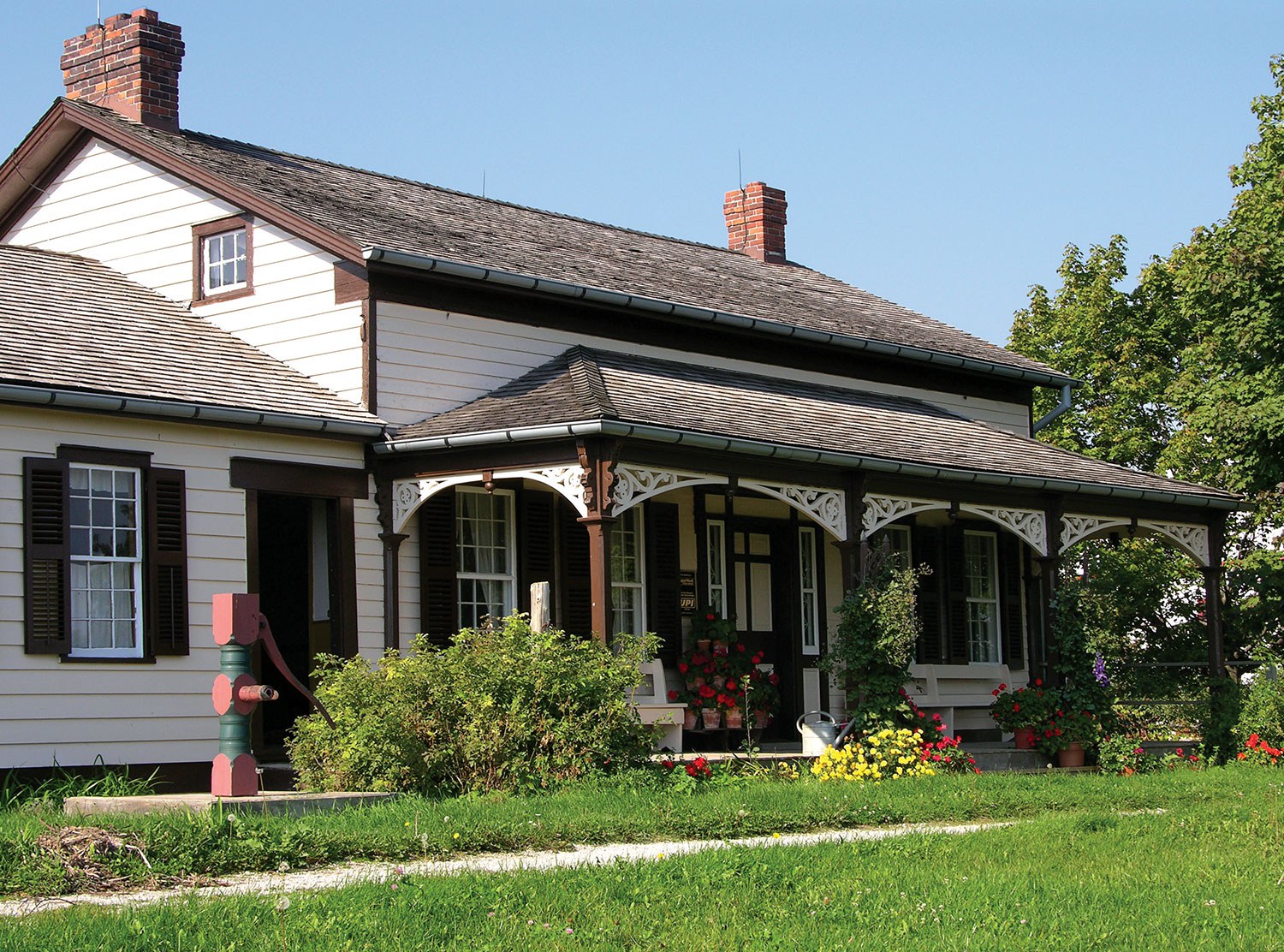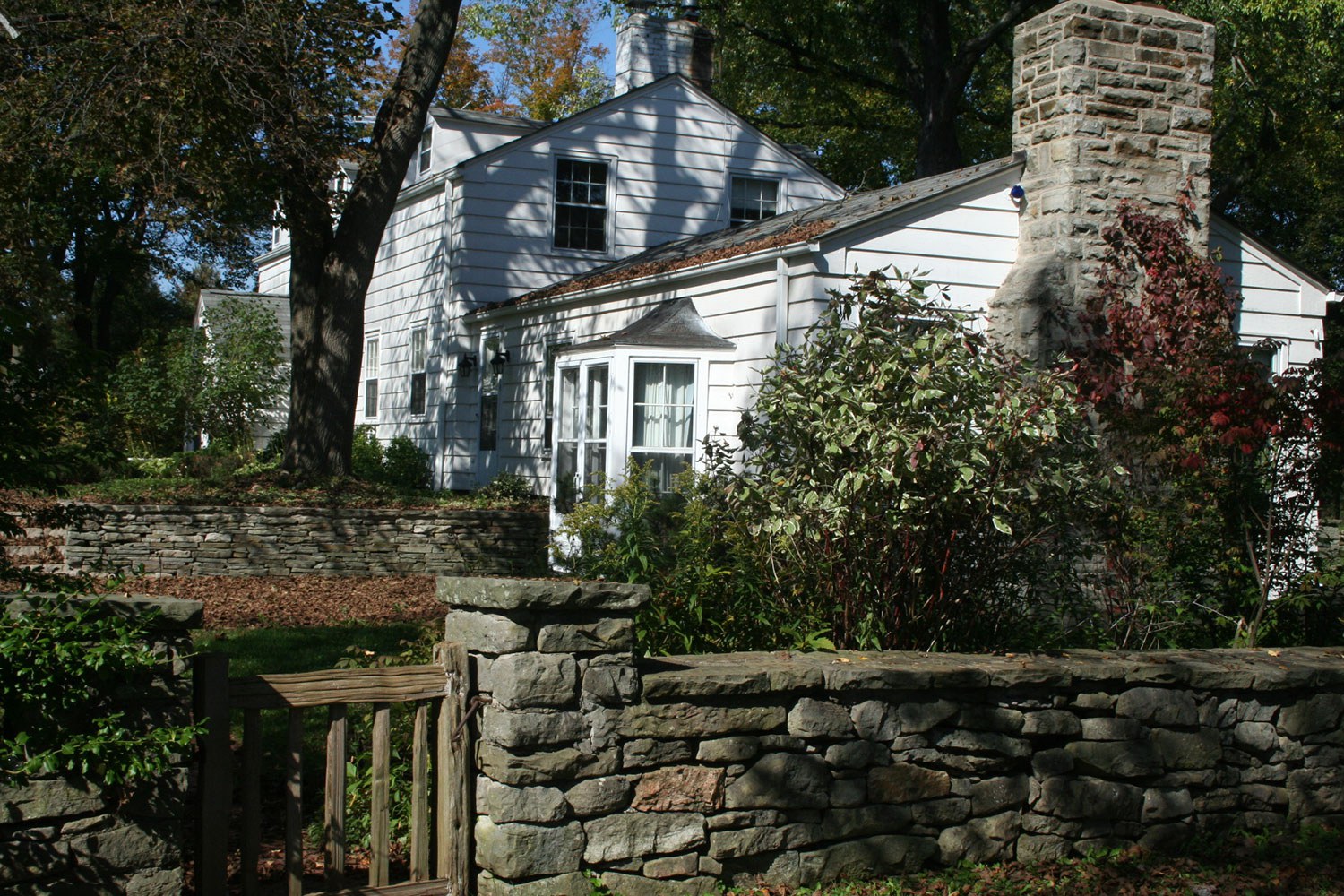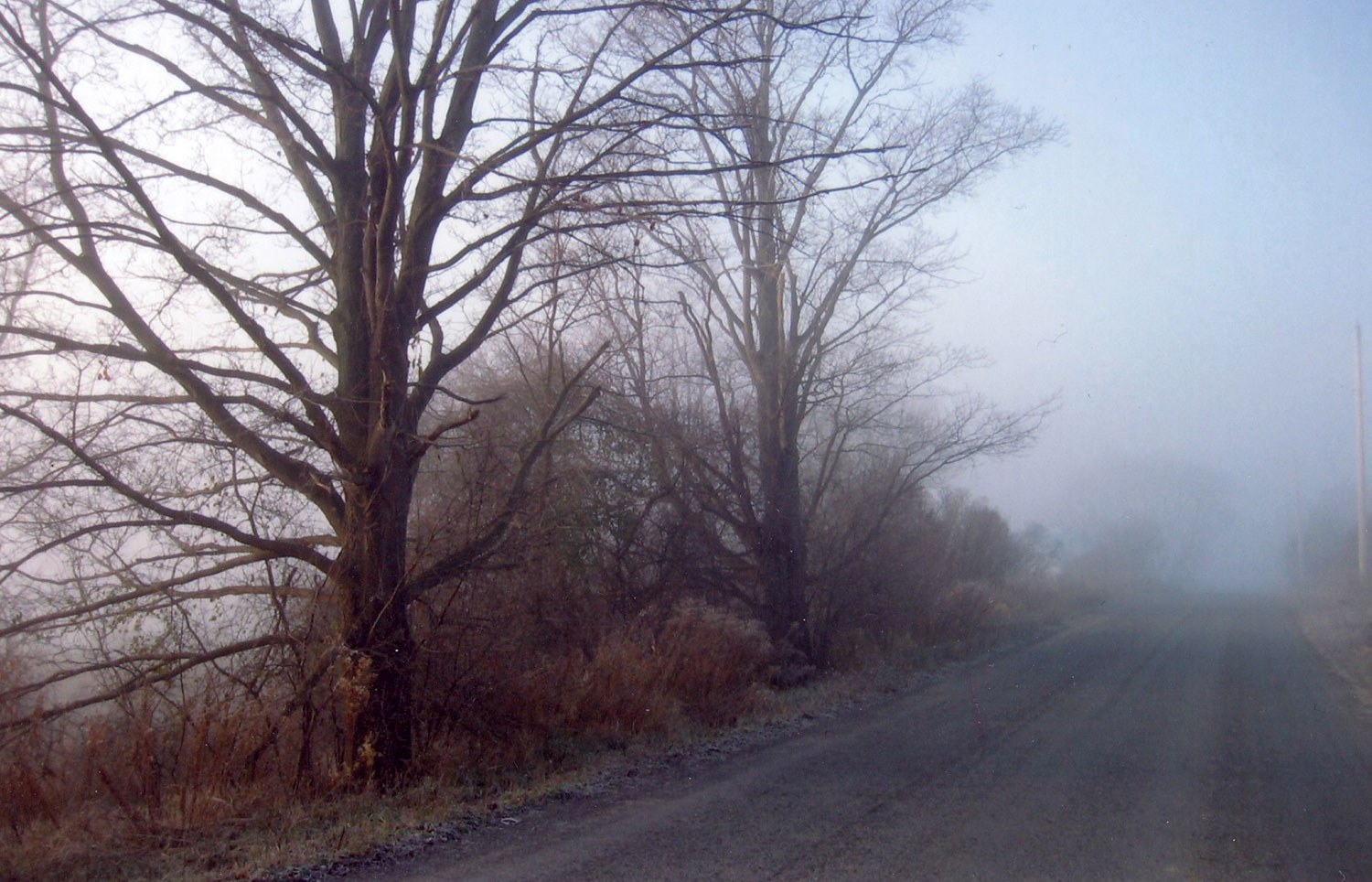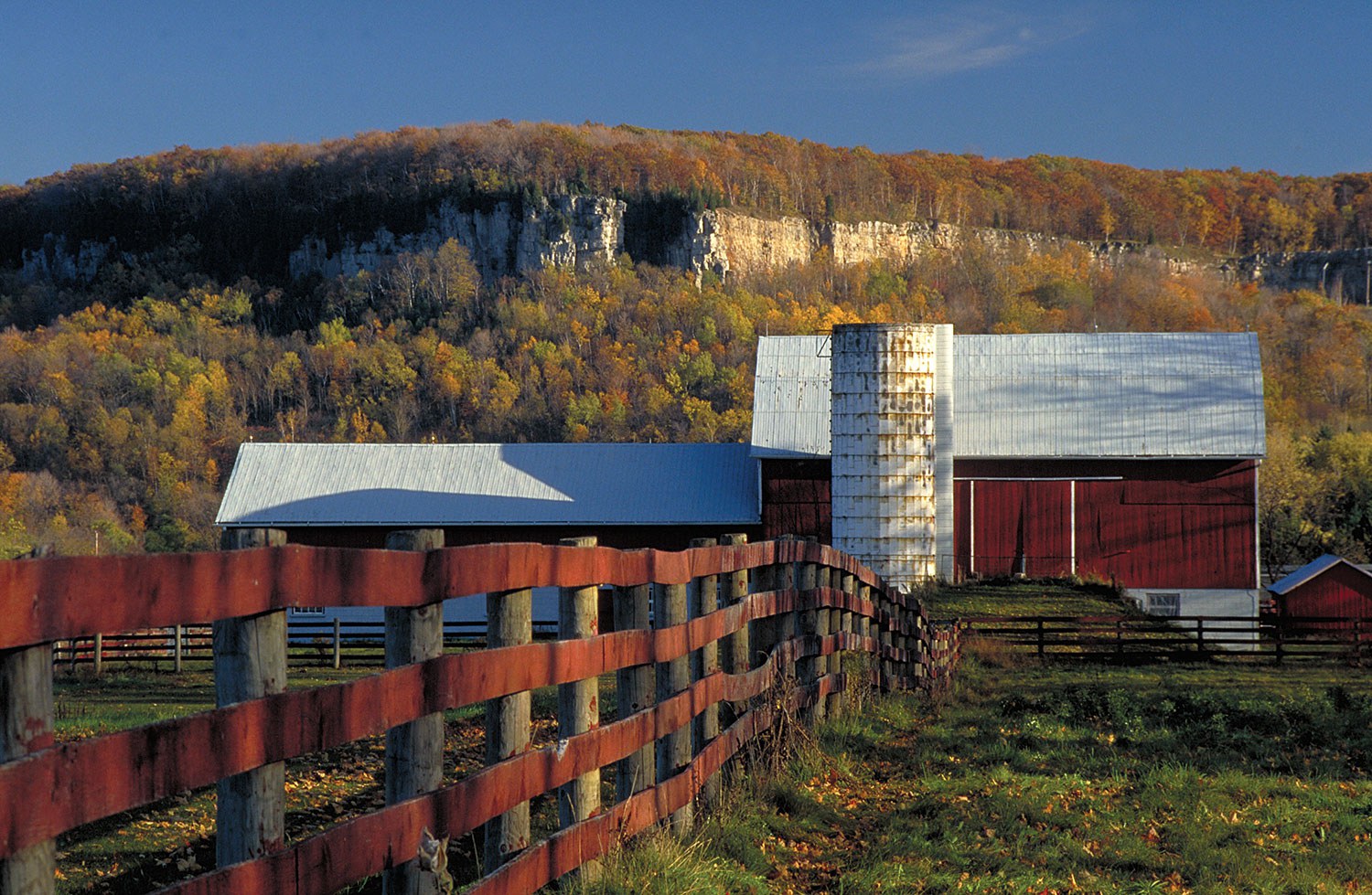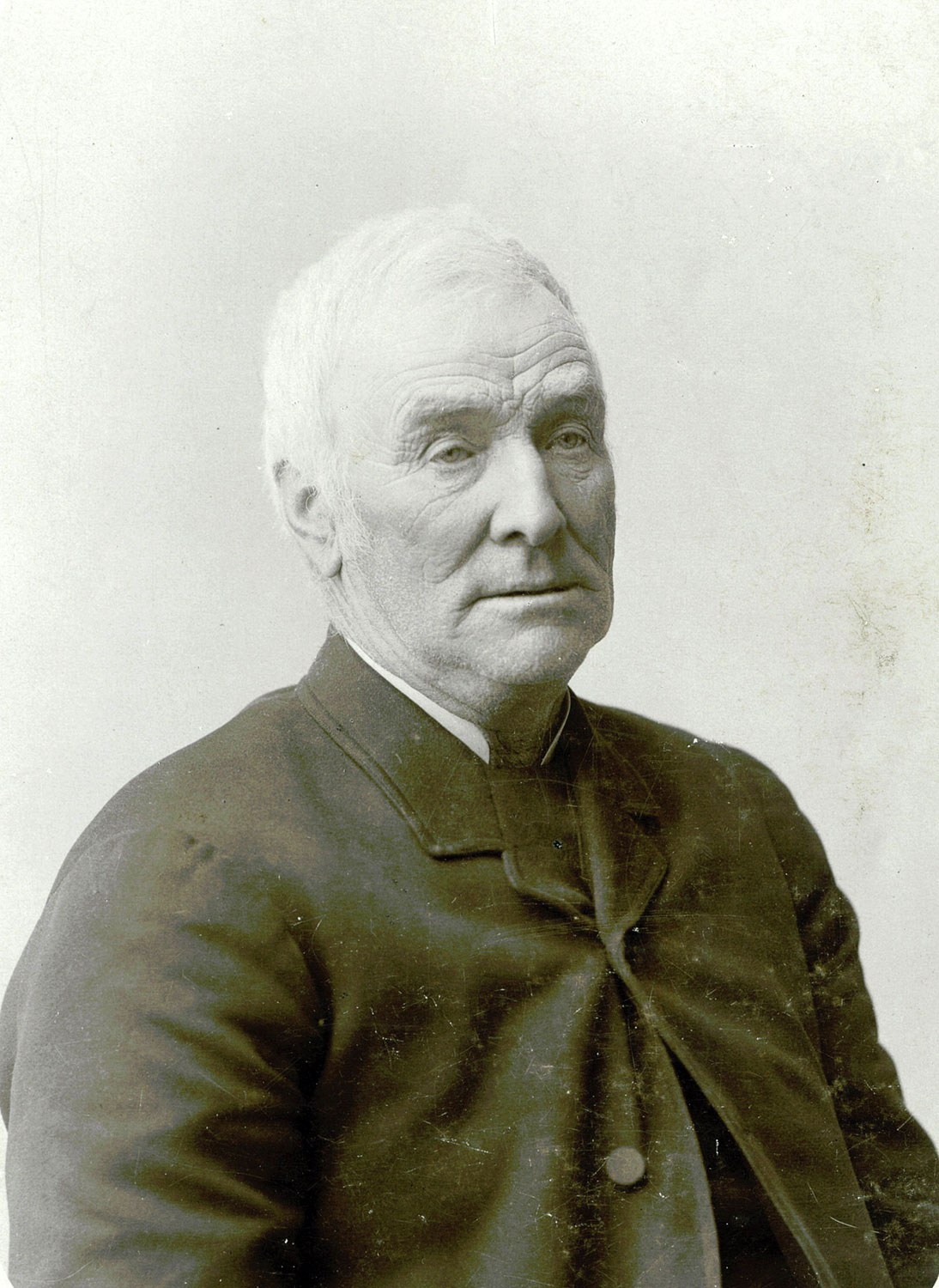

Browse by category
- Adaptive reuse
- Archaeology
- Arts and creativity
- Black heritage
- Buildings and architecture
- Communication
- Community
- Cultural landscapes
- Cultural objects
- Design
- Economics of heritage
- Environment
- Expanding the narrative
- Food
- Francophone heritage
- Indigenous heritage
- Intangible heritage
- Medical heritage
- Military heritage
- MyOntario
- Natural heritage
- Sport heritage
- Tools for conservation
- Women's heritage
Cultural landscapes: Challenges and new directions
Cultural landscapes
Published Date: Sep 09, 2016
Photo: Richardson Mountains, in the Northwest Territories, is part of the vast cross-boundary migratory route of the porcupine caribou herd and an example of a large landscape. (Photo: Lisa Prosper)
Cultural landscapes were first introduced into the heritage lexicon in the early 1990s as a new type of cultural heritage resource. The typology was a welcome addition as it expanded the scope of traditional heritage practice from individual buildings, monuments and sites to places that were often large in scale, composed of an aggregate of features and whose significance lay at the point of interaction between culture and nature. As the field began to put the new typology of cultural landscapes into practice, however, a certain degree of discomfort began to emerge with how well it fit (or did not fit) within the traditional heritage framework.
At the root of this discomfort was its primary interpretation in terms of the form and spatial arrangement of discrete physical features over a given geographical area – an interpretation that fell short of recognizing the holistic, dynamic, intangible and present-centred qualities of most cultural landscapes, and limited its wider application. But there were other areas of tension as well. It was proving difficult to reconcile cultural landscapes as a type of cultural heritage resource that, by definition, sought to protect heritage value at the intersection of culture and nature, with an existing disciplinary taxonomy that insisted on the separation of culture from nature, and the tangible from intangible heritage. The apparatus of cultural heritage conservation, including legislative and policy frameworks designed to exercise authority over real property, and the tools and instruments commonly used to achieve traditional heritage conservation objectives (such as designation) were also making it difficult to accommodate cultural relationships with nature that did not necessarily result in physical expression as well as the inherent dynamic character of all cultural landscapes. The result has been a relatively narrow interpretation of cultural landscapes within the traditional heritage framework.
The Yukon River and cultural landscape of the Tr’ondëk Hwëch’in, who have voluntarily suspended Chinook salmon fishing for one life cycle of the fish (7 to 8 years) due to low stocks. (Photo: Lisa Prosper)
Twenty-five years on, there is evidence that non-traditional perspectives are beginning to influence the definition and interpretation of cultural landscapes. Ecological, non-western and Indigenous perspectives are all finding traction in heritage thinking and practice, in part through an engagement with cultural landscapes. Consequently, cultural landscapes are reasserting their role in heritage conservation as a contact zone for internal and external reflection that seeks to further our disciplinary understanding of the practice of heritage itself and that orients the field outward, beyond its disciplinary boundaries to participate in 21st-century issues such as climate change, regional and community sustainability, and environmental conservation efforts in which the field of cultural heritage conservation must necessarily engage.
Climate change threatens both cultural and natural resources, which makes it a particular area of engagement for cultural landscapes. One of the regions most affected by climate change is Canada’s north, where it threatens species and permafrost stability, archaeological resources as well as Indigenous traditional harvesting and land-use practices. Increasingly, natural resource conservation strategies make use of traditional knowledge in their decision-making, yet it can be equally advantageous to the management of Indigenous cultural heritage resources and traditional practices to make use of scientific knowledge on climate change. The long-term sustainability of northern cultural landscapes relies on the continuation of the interrelationship of culture and nature and the ability of resident communities to adapt to the new conditions presented by climate change. Cultural landscapes offer the conceptual foundation upon which this knowledge exchange can take place.
Cultural landscapes are also relevant to local community sustainability efforts. There is a growing interest in small-scale economies based on livelihood activities that employ traditional land-use management systems to achieve more sustainable agricultural and livestock production, and in traditional resource economies that are in the process of transitioning to place-based creative economies. This renewed local focus harnesses and contributes to the discernible character of places, while promoting community-led management strategies and investing in long-term economic sustainability. The cultural landscape lens allows an understanding of these living landscapes as intertwined cultural, natural, social and economic systems that possess their own ecology of place – the amalgam of traditional land-use practices, places and patterns of settlement and inhabitation, place-specific land-based and creative economies, and community character and identity. The challenge of managing these cultural landscapes is to ensure the continuity of their traditional elements, practices and ongoing commitment to place upon which they were founded, while encouraging viable and sustainable growth.
Large landscape conservation takes advantage of the element of scale to achieve conservation objectives across multiple administrative jurisdictions and many different communities of users and inhabitants. Commonly associated with habitat and wildlife corridor initiatives (such as the Yellowstone to Yukon Conservation Initiative), the large landscape model is also finding relevance in regional and urban contexts. This new direction for cultural landscape practice means focusing on the development of robust stakeholder involvement mechanisms, complex legislative and policy frameworks and co-operative or co-management structures in order to work. The cultural landscape perspective contributes to the long-term success of large landscape initiatives by articulating the cultural values associated with the landscape that helps in fostering a sense of interconnectedness across tangible and intangible borders that is critical to large landscape conservation.
In addition to these external overtures, there continues to be internal reflection within the field on the implementation of the typology of cultural landscapes and its broader interpretation. For example, both the Canadian and American national committees of ICOMOS have launched online initiatives to gather a community of people and database of knowledge around the idea. The ICOMOS Canada National Conversation on Cultural Landscape initiative and the US/ICOMOS Cultural Landscape Practice Knowledge Community initiative both aim to foster a nationwide dialogue on the practice of cultural landscape conservation. In addition to this, the practice of cultural landscape conservation at the World Heritage level in both the cultural and natural fields has led to a cooperative initiative between ICOMOS and IUCN to explore the connected practice of both organizations, a subject that will be revisited at the upcoming IUCN World Conservation Congress in the fall of 2016.
In conclusion, cultural landscapes are more than a new type of heritage resource. As a result of the challenges presented by their uneasy fit in the traditional heritage framework, their outward turn to engage with broader global issues (such as climate change), and their inward assessment of progress to date, cultural landscapes continue to take the field in new directions.

